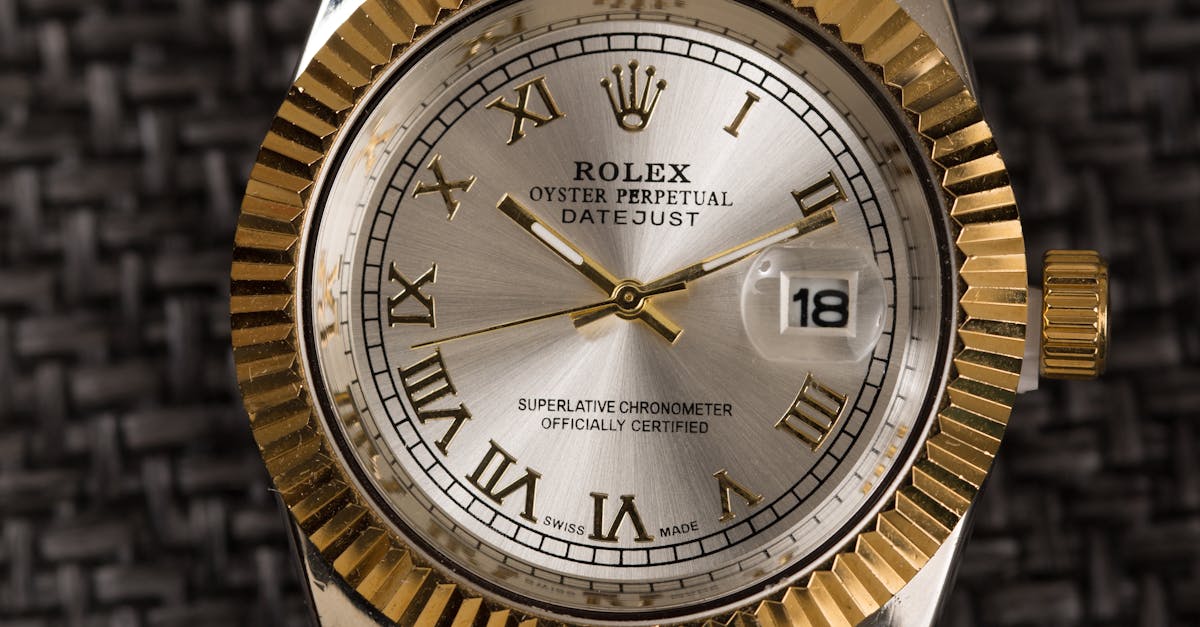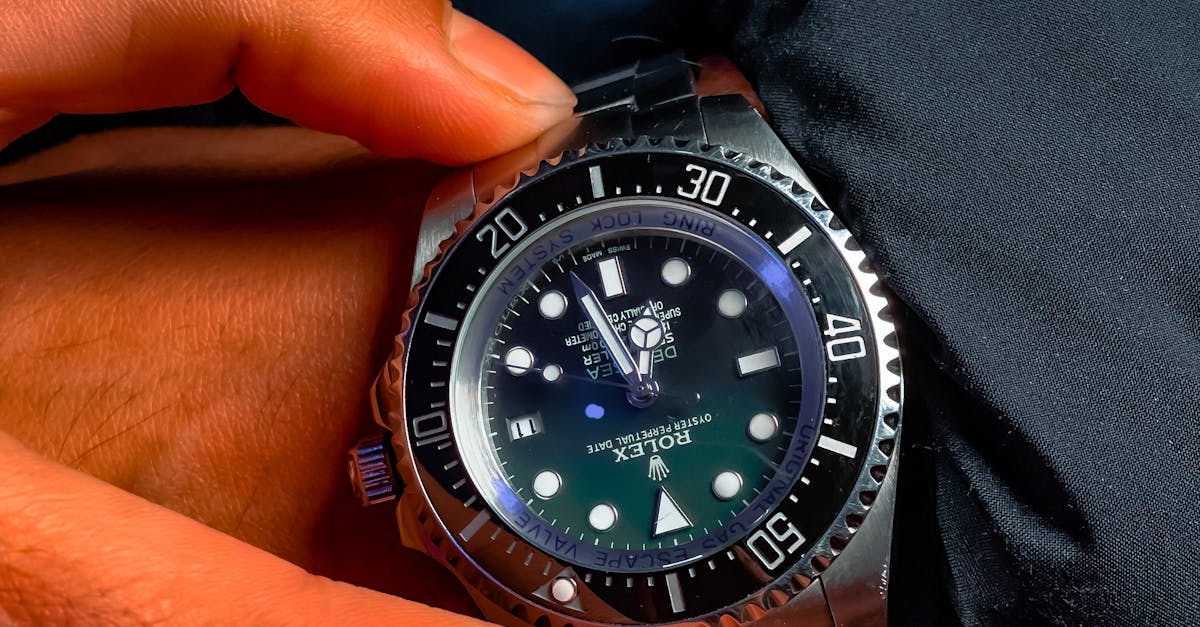Unveiling the Allure of Aviation Timepieces
Dive into the fascinating world of Aviation Timepieces and Their Legacy, where the fusion of style and precision defines a century-long tradition of aviation innovation. From their origins in the early 20th century to their status as cultural icons today, aviation timepieces have captured the imagination and admiration of watch enthusiasts and collectors alike.
The Dawn of Aviation Timekeeping
From Pocket Watches to Wristwatches

Pilot watches emerged in the early 20th century, primarily for aviators who needed reliable timepieces during flight. Early models transitioned from pocket watches to wristwatches, offering precision and readability.
Precision and Reliability Take Flight
Key features like large dials, bold numerals, and luminous hands became essential for pilots. These watches evolved with additional functions such as chronographs and rotating bezels, ensuring that they remained indispensable tools in aviation.
Iconic Aviation Watch Brands
Breitling: The Aviation Pioneer
Breitling has established itself as a pioneer in aviation watches, offering innovative designs that are highly coveted by pilots.

Rolex: A Symbol of Exploration
Rolex stands as a symbol of exploration and precision. Discover the brand’s journey through time in Deciphering The Rolex Brand Beyond Just A Name.
IWC Schaffhausen: Engineering Excellence
IWC Schaffhausen is renowned for engineering excellence, crafting aviation watches that meet rigorous demands and leave a lasting impact on the industry.
Key Features of Aviation Timepieces
Slide Rule Bezels: A Pilot’s Calculator
These bezels allow pilots to perform calculations such as fuel consumption, showcasing the practicality intrinsic to aviation timepieces.
Chronograph Functions: Measuring Time with Precision
Chronographs provide precise time measurement, reinforcing their role as a vital tool for aviators.
Luminous Dials: Visibility in All Conditions
Designed for optimal readability, luminous dials ensure visibility even in low-light conditions—a crucial feature for aviation watches.
Collecting Aviation Timepieces: A Legacy to Preserve
Identifying Collectible Models
When collecting, consider factors such as brand reputation, model rarity, and condition. Iconic models from brands like Zenith and Longines are particularly valued.
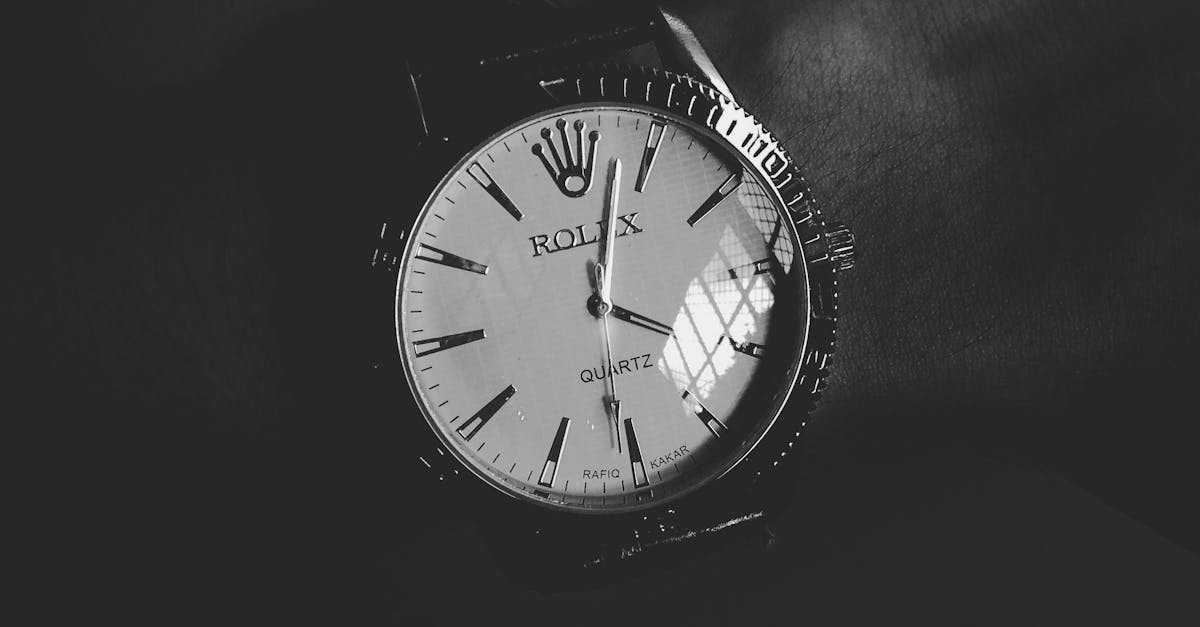
Preservation and Maintenance
Proper maintenance involves storing timepieces in cool, dry places and regular servicing to preserve their functionality and appeal.
The Investment Potential
Given their historical significance, aviation timepieces are seen as sound investments that often appreciate in value over time.
Aviation Timepieces in Modern Watchmaking
Neo-Vintage Designs: A Nod to the Past
Modern aviation watches blend vintage aesthetics with contemporary technology, appealing to a wide range of consumers.
Cutting-Edge Technology: Embracing Innovation
Today’s pilot watches incorporate advanced features like GPS and altimeters, catering to the needs of modern aviators.
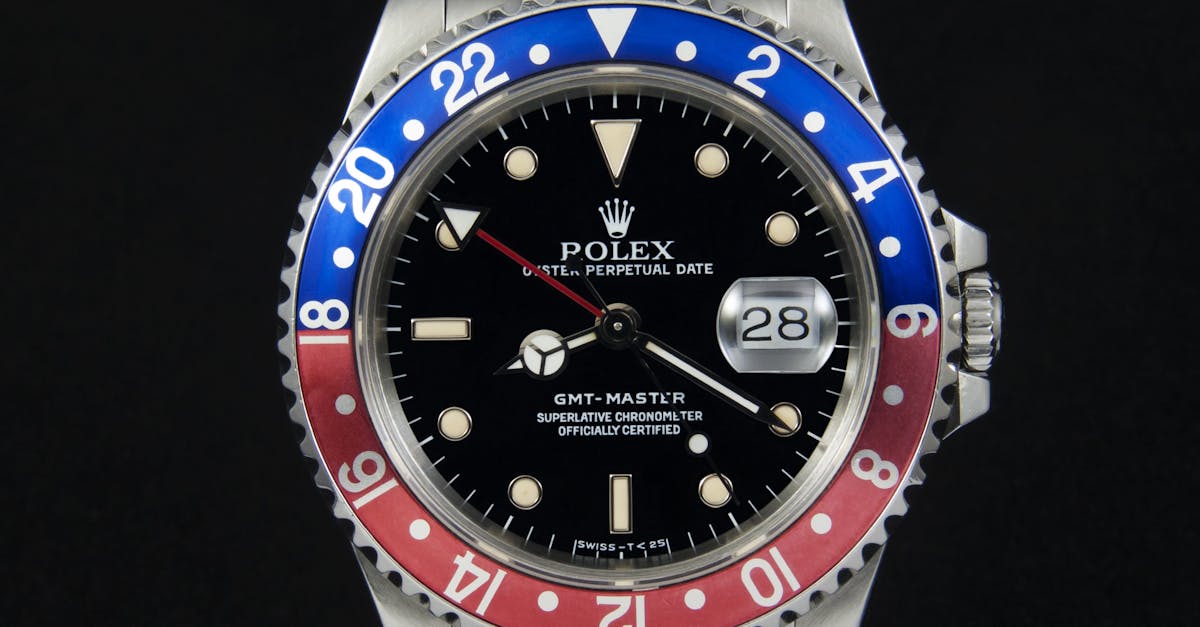
The Enduring Appeal: Timeless Style and Precision
With their timeless style and unmatched precision, aviation timepieces continue to captivate both enthusiasts and professionals.
Conclusion: A Legacy of Precision and Adventure
The Legacy Lives On
Aviation timepieces remain integral to horological history, symbolizing a spirit of adventure and precision.
A Timeless Investment
For collectors, these watches are investments that embody history and craftsmanship.
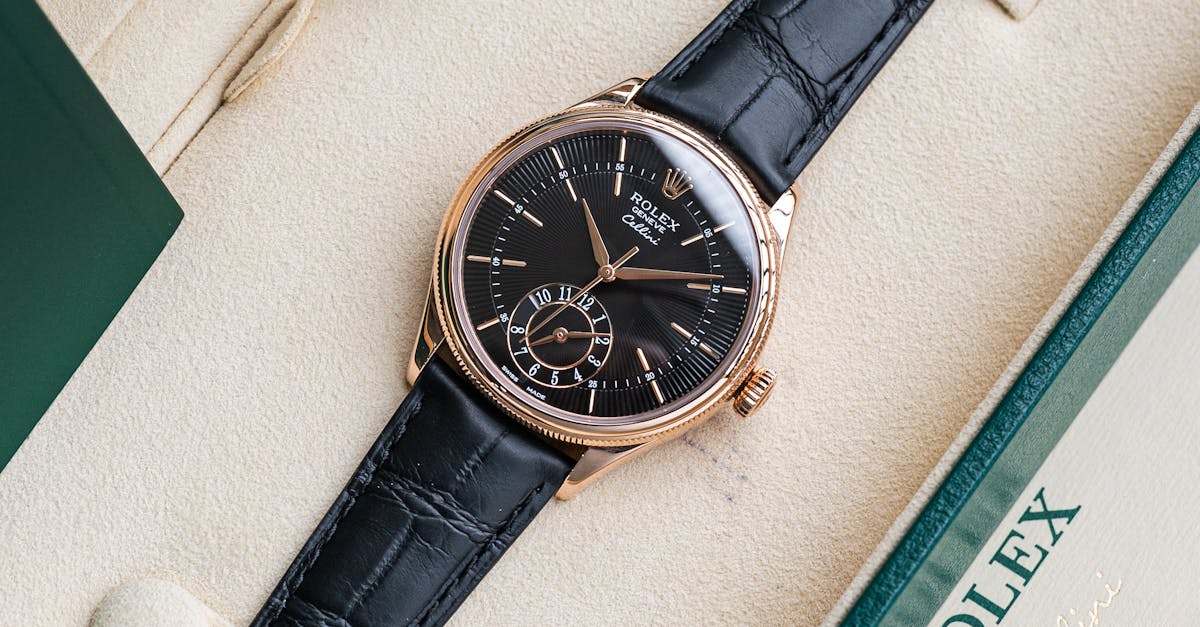
Embracing the Spirit of Adventure
Beyond being mere timepieces, aviation watches represent the explorers who dared to fly into uncharted skies.

